You probably wouldn’t blink an eyelid upon hearing a revolutionary organisation has built its success on innovative thinking. Or seemingly whacky work places. So it’s no shock Google is using gameplay to overcome complex workplace problems.
But hearing of professionals in traditional, behemoth organisations such as Qantas, Ernst and Young and Accenture playing with Lego? You can’t be serious.
“You can learn more about a person in an hour of play than you can from a lifetime of conversation.”
Dead serious. There’s even a name: Lego Serious Play (LSP). Workshops are being run across workplaces as the value serious play delivers is slowly being recognised.
Credible? Yes – according to Plato: “you can learn more about a person in an hour of play than you can from a lifetime of conversation.”
The term serious play refers to a number of playful inquiry and innovation methods that serve as a vehicle for complex problem-solving. The LSP methodology in particular has been popularised in recent years due to its malleability in adapting to different workplace needs.
Various organisations are beginning to recognise that benefits it can deliver in:
- Building deeper and broader understanding of a challenge or strategy;
- Preparing a team to deliver a solution in a complex, unpredictable environment;
- Generating new solutions to complex challenges; and
- Uniting a team around a common goal.
Growing body
There is a growing body of both academic and popular literature supporting the view engaging in playful processes and applying a playful, open mindset can foster creativity and innovation. In his book Creative explorations: new approaches to identities and audiences David Gauntlett writes “the non-judgmental environment of play, it is claimed, is more likely to foster surprising and innovative ideas”.
Serious play methods can be used as vehicles for engaging workplace teams in the human-centred design (also known as Design Thinking) process of empathising, defining, ideating, prototyping and testing.
While the concept of ‘serious play’ may sound like an oxymoron, it comes with an intention which goes beyond just having fun. The serious aspect requires focus on solving the problem at hand; whilst the play aspect encourages imaginative solutions through pushing boundaries towards potential possibilities.
The sum of these two components of ‘seriousness’ and ‘playfulness’ foster a deeper engagement for the group working through the complexity of the problem, by placing people in what is known as a ‘state of flow’. Colloquially, also known as ‘being in the zone’, flow is characterised by complete absorption in the activity and a resulting loss in one’s sense of space and time.
LSP is one of the best known examples of serious play. As the Danish brick maker says, “The Lego Serious Play methodology is an innovative process designed to enhance innovation and business performance. Based on research which shows that this kind of hands-on, minds-on learning produces a deeper, more meaningful understanding of the world and its possibilities, the Lego Serious Play deepens the reflection process and supports an effective dialogue – for everyone in the organization.”
bluenotes sat down for a chat with Luke McManus, ANZ Technology Project Manager to talk about the experience of running his first LSP workshop.

MC: “Thanks for chatting to bluenotes today Luke.”
LM: “No worries Mel. My pleasure.”
“So can you tell us a bit about how you got started in Lego Serious Play?”
“Melbourne. These types of planned events happen regularly across the city. Meetups usually have the aim of connecting like-minded people, serving as a networking platform or if you’re the organiser – being a great way to establish yourself as a “go-to” person in your industry.
This particular meetup I attended brought together leaders in industries such as Digital, Experience Design, Emerging Technology and Innovation.
The meetup was full of energy and hands on. From the minute we sat down, we were encouraged to touch and play with the Lego and start building. After seeing the case studies and videos of LSP in action with real clients – I could see the power and potential of LSP – from being able to break open the typical meeting or problem solving workshop – to applying LSP to Agile ceremonies and New Ways of Working (eg: Retrospectives).”
“And how did you decide ANZ would benefit from LSP and its methodologies?”
“I met Charlie and Christine from SHOUT at one of the Design Thinking Games workshops I also help facilitate for Smiling Mind – Shout was a sponsor. Shout is “changing the world gives” enabling charities to take donations electronically for free.
I am all about social impact – so after meeting the SHOUT team, I introduced them to LSP, and asked if there were any ways we could use it with their team? With a new cohort of students about to join the team for a two week assignment, I thought that would be an ideal opportunity to use LSP.
LSP is a great method to use to set a shared vision/understanding, with each participant building their own version of the vision, then combining their creations into a “group model” which results in a shared vision, created and interpreted by the team – with everyone on the same page”
“And what was the experience of running your first LSP workshop like? ”
“For my first session the challenge was a new team of Uni students joining a small team at ANZ on their first day, who did not know each other well. They were about to embark on a two week assignment together.
We started with a round table of introductions which were a little awkward and had me a feeling apprehensive about how the session would proceed. The students were nervous, shy and softly spoken, so I wasn’t sure how the next steps would go.
To get the team around the LSP concept, I played a short video from PAUSE Fest – featuring Michael Fearne, my LSP trainer and mentor, to explain why the method is so powerful followed by a quick overview of how the process works (Question, Build, Share and Capture). After that, we moved onto the fun stuff! A quick reminder to think in story and metaphor, as well as to “just build” instead of sitting, thinking, pondering and planning. Just start to build and the ideas will start to materialise in your hands!”
“And how did they go? ”
“The results were awesome, as well as each person’s explanation of their model. I started with a participant who had lots of confidence, to set the scene and everyone followed. Sparks of creativity and confidence stared to emerge.
After everyone shared their individual models, I asked the team a question: “How often have you been in a meeting with eight people, and asked a question, and received eight unique and creative answers?” The answer was, and usually is, “never”. It’s important to show and remind participants of this as they start to see the power of LSP unfold.”
“To wrap up, what was the biggest benefit you noticed from running this session? ”
“Towards the end, I could see the teams starting to interact, discuss and agree (and also respectfully disagree) on the shared vision.
Some great results and themes emerged and I genuinely feel this gave the team a massive step in the right direction towards collaboration, team development and establishment of shared values.”
“That’s excellent. Thanks for speaking to bluenotes “
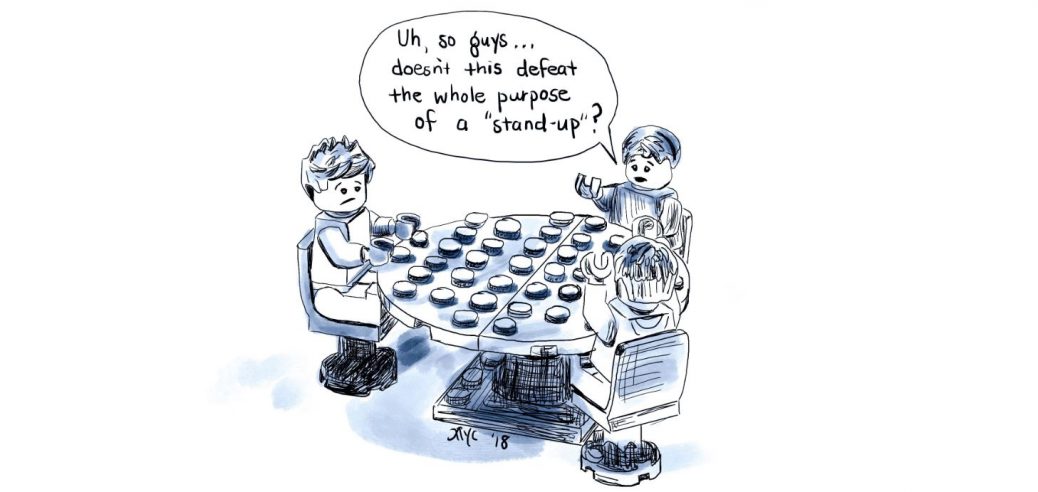
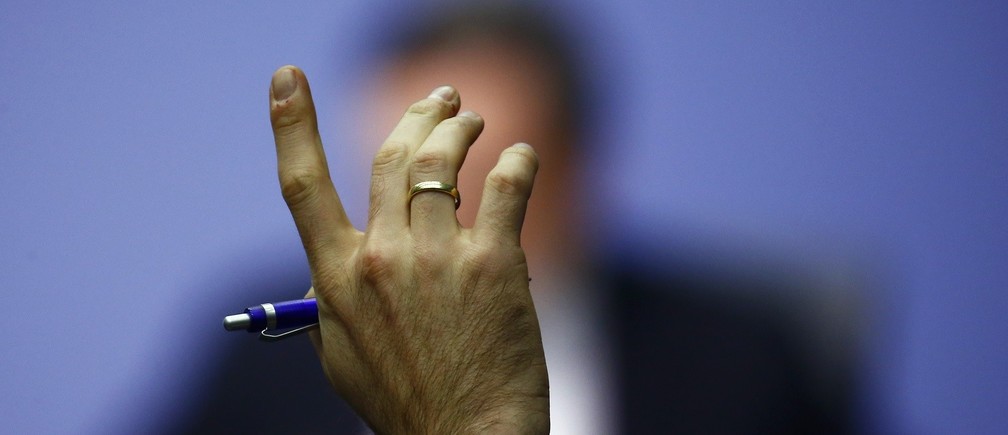
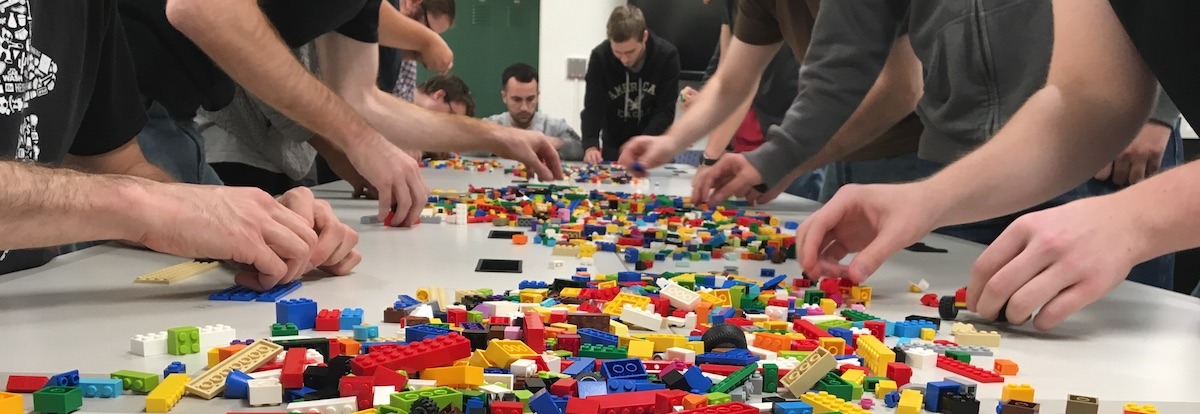
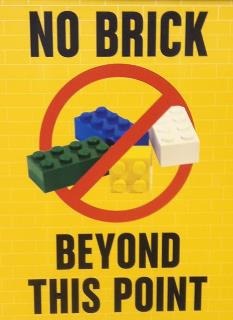
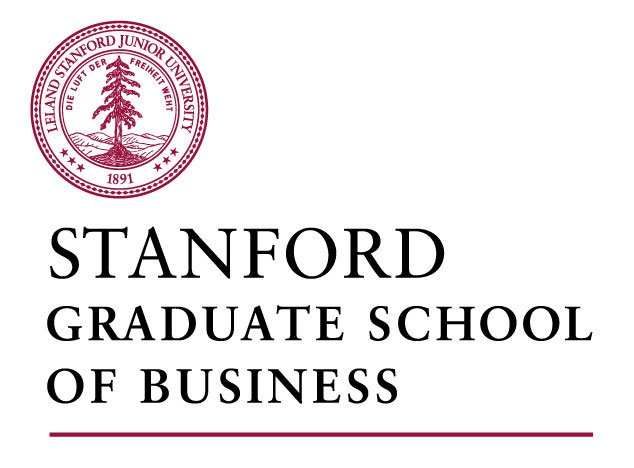
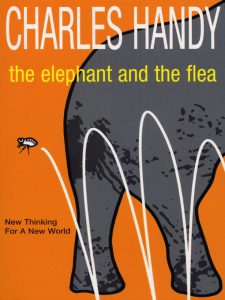
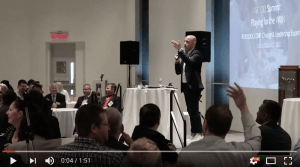
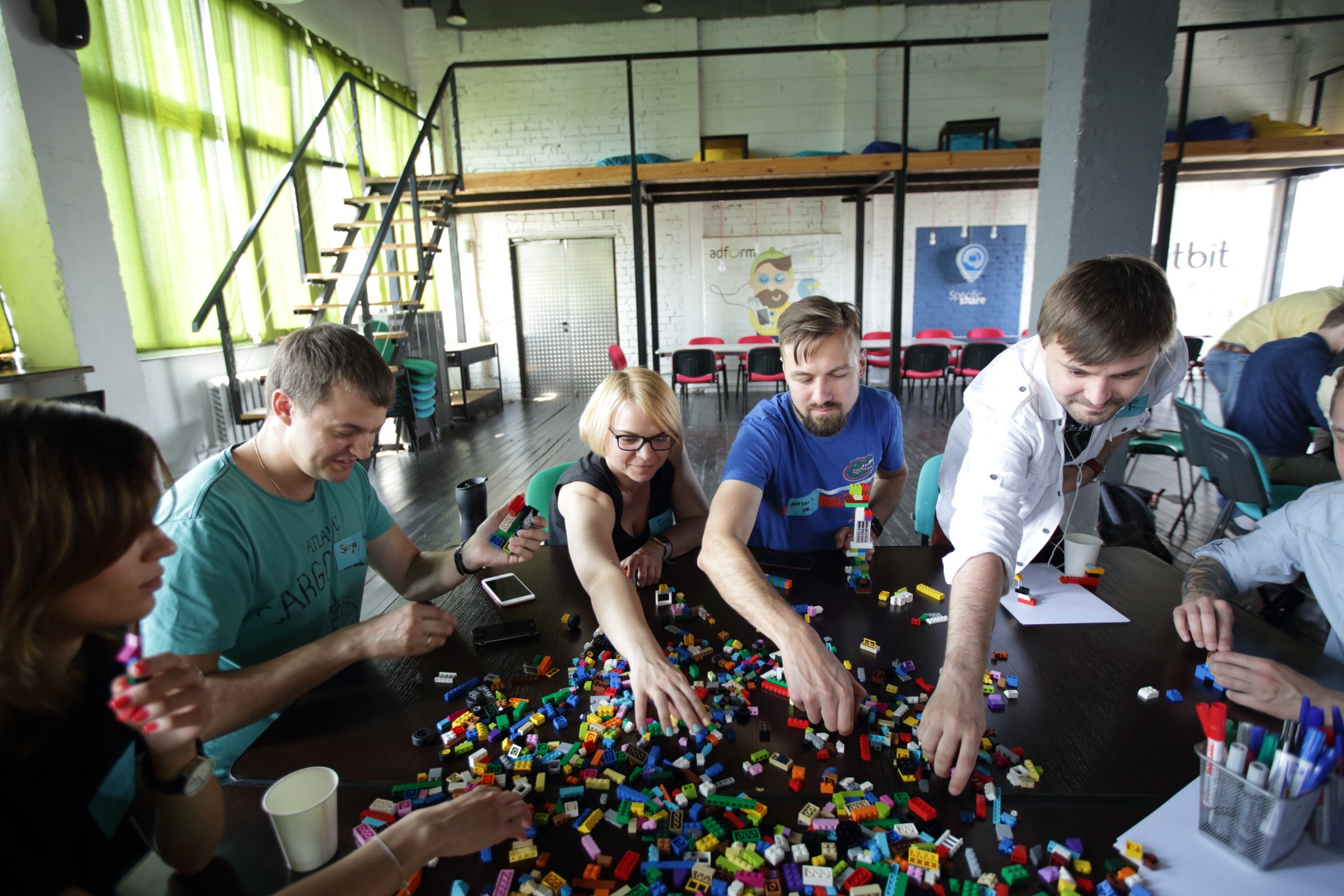


 Become a LEGO Serious Play facilitator - check one of the upcoming training events!
Become a LEGO Serious Play facilitator - check one of the upcoming training events!